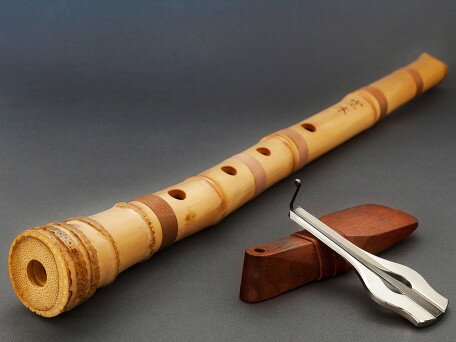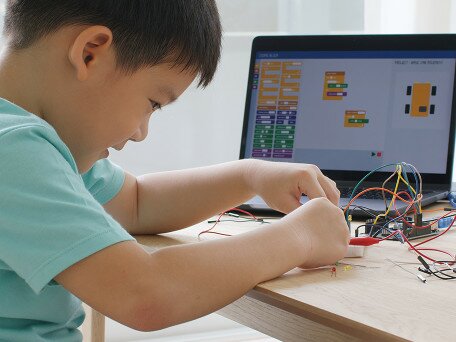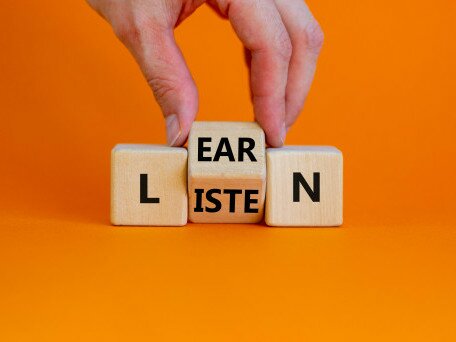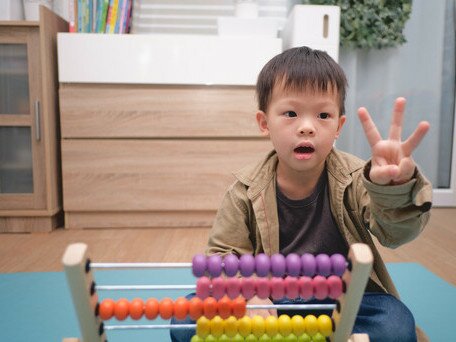The Japanese Shakuhachi or Chinese Chiba? Investigating the Modern Shakuhachi in China
- 项目计划:
- 优配研究金
- 项目年份:
- 2021/2022
- 项目负责人:
- 松信浩二博士

The shakuhachi (尺八), a bamboo flute now considered one of Japan’s representative instruments, came from China in its primitive form in the 8th century (Malm, 2000; Wade, 2005).
The Chinese original called the chiba (尺八) has almost disappeared in its birth place, even though other vertical flutes, such as the xiao with a closed mouthpiece and the dong xiao (nan xiao) with a notched mouthpiece, are still popular there (Thrasher, 2008). In the last decade, however, there has been a “revival” of the shakuhachi in China, and an increasing number of Chinese shakuhachi players, teachers, and instrument makers actively offer lessons and concerts. The International Shakuhachi Festival is a quadrennial event that has previously been held in New York, Boulder, Sydney, Kyoto, and London. The next will be in Chaozhou in 2022.
Underlying the newly emerging popularity of the shakuhachi in China is a shared narrative among Chinese practitioners: Originating in the Tang dynasty, the shakuhachi has finally returned to its birthplace and is regaining its authenticity as a Chinese instrument. With a sense of nostalgia for the past and responsibility for the future, leading Chinese shakuhachi players are promoting the shakuhachi as a Chinese instrument.
The shakuhachi is widely practiced and appreciated outside Japan (Keister, 2004; Matsunobu, 2011; Strothers, 2010). The presence of non-Japanese practitioners is evident in today’s thriving international shakuhachi scene (Smith, 2008). With an expansion of international adherents and the rise of multilingual spaces, the shakuhachi has seen changing boundaries of membership and changing notions of musical identity and musical ownership (Matsunobu, 2009).
Previous studies on the internationalization of the shakuhachi have focused predominantly on Westerners’ take up of shakuhachi music and their inclination towards individualized, decontextualized approaches to shakuhachi music (Keister, 2004; Matsunobu, 2009, 2011, 2013). However, little is known about Chinese approaches to shakuhachi music. Compared to Western practitioners, Chinese shakuhachi practitioners have a strong sense of musical identity rooted in Chinese culture. This ethnomusicological study, based on the author’s previous studies of the lived experiences of shakuhachi practitioners in Japan and North America (Matsunobu, 2009, 2011, 2013, 2015), aims to elucidate how the shakuhachi and its music are being taken up, localized, and appropriated in the Chinese context.








